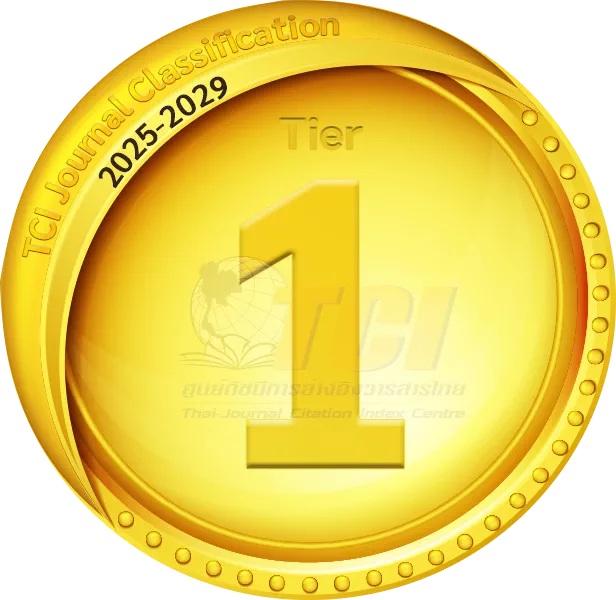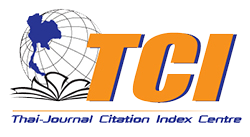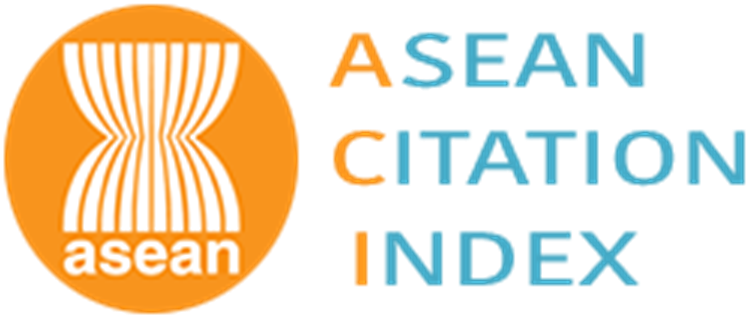ทิศทางการพัฒนาพลังงานหมุนเวียนของประเทศไทย
Direction of Renewable Energy Development in Thailand
Abstract
[1] Division of Foreign Affairs United Nations. (2023). Framework convention on climate change (UNFCCC). Ministry of Natural Resources and Environment. [Online] (in Thai). Available: https://fad.mnre.go.th/th/mph/ content/206
[2] Office of Natural Resources and Environmental Policy and Planning. (2015). Master plan for climate change 2015–2050. Ministry of Natural Resources and Environment. [Online] (in Thai). Available: https://www.dcce.go.th/datacenter/ 3353/
[3] Energy Policy and Planning Office (EPPO). (2024). Summary of energy consumption situation in 2023 and energy consumption trends in 2024. Ministry of Energy. [Online] (in Thai). Available : https://www.eppo.go.th/ index.php/en/component/k2/item/20369- news-180367
[4] J. Hirunlabh and U. Chupratum, “Directives to promote clean coal energy in Thailand,” The Journal of KMUTNB, vol. 29, no. 2, Apr.–Jun. 2019, doi: 10.14416/j.kmutnb.2019.03.006. (in Thai).
[5] Energy Policy and Planning Office (EPPO). (2020). Thailand power development plan2018-2037, 1st revised edition (PDP 2018 Revision 1.). Ministry of Energy. [Online] (in Thai). Available: https://www.eppo.go.th/ images/Infromation_service/public_relations/ PDP2018/PDP2018Rev1.pdf
[6] M. Khedari, G. Khedari, and J. Hirunlabh, “Direction for hydrogen development as an alternative energy for Thailand,” Journal of Research Creative Architecture and Design, vol. 1, no. 1, pp. 1–10, May–Aug. 2024 (in Thai).
[7] Office of the National Economic and Social Development Council. Thailand’s SDG Progress Report 2016-2020; Goal 7: Ensure access to affordable, reliable, and sustainable modern energy for all. Office of the Prime Minister. [Online] (in Thai). Available: https://sdgs.nesdc. go.th/wp-content/uploads/2025/01/SDGs- Gaol-7.pdf
[8] J. Hirunlabh, “Overview of renewable energies for future development in Thailand,” RERIC International Energy Journal, vol. 19, no. 2, pp. 89–101, 1997.
[9] J. Hirunlabh, Solar Energy of Thermal Process, D.K. Editions. 1998. pp. 295 (in Thai).
[10] C. Suphahitanukool, I. Hunsacharoonroj, P. Usapein, J. Khedari, J. Waewsak, and J. Hirunlabh, “An evaluation of economic potential solar photovoltaic farm in Thailand: Case study of polycrystalline silicon and amorphous silicon thin film,” International Journal of Energy Economics and Policy, vol. 8, no. 4, 2018, pp. 33–41, 2018.
[11] J. Ratanachotinun, N. Kasayapan, J. Hirunlabh, S. Visitsak, and J. Khedari, “A design and assessment of solar chimney of bioclimatic house wall and roof for construction in the housing market of Thailand,” Building Services Engineering Research and Technology, vol. 37, no. 6, pp. 694–709, 2016, doi: 10.1177/0143624416647761
[12] B. Shoram, J. Hirunlabh, N. Kasayapanand, M. Amornkitbamrung, S. Teekasap, and J. Khedari, “Critical analysis of Thailand’s past energy policies towards the development of a new energy policy,” Journal of Energy Efficiency, vol. 11, pp. 713–732, 2018.
DOI: 10.14416/j.kmutnb.2025.09.002
ISSN: 2985-2145





